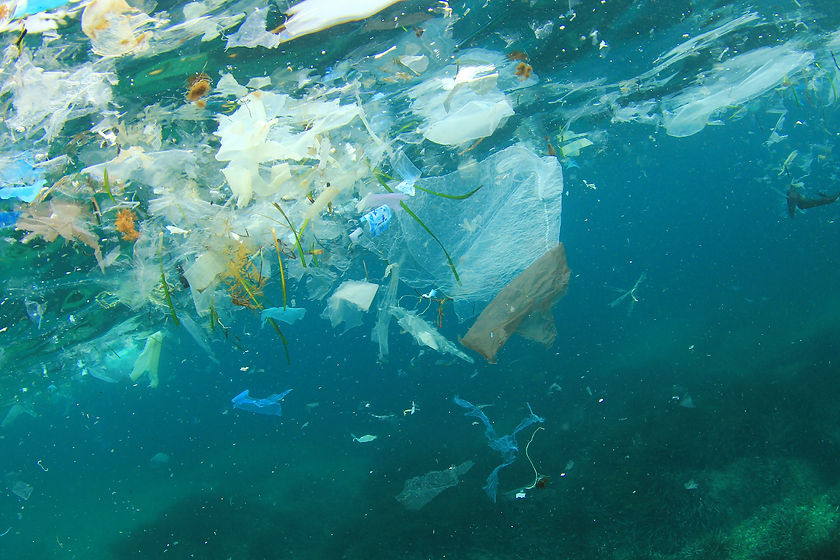
RISK ASSESSMENT
Consumers are more and more aware of environmental issues caused by packaging, plastic pollution being the most visible one.Governments, retailers and brand owners are reacting to it with new regulations, commitments and positioning. In this context, what are the risks associated to your current packaging strategy?
Since Sir David Attenborough's has alerted the public opinion on the plastic pollution in the ocean in 2017 with Blue Planet movie, the focus in the media has constantly grown. Plastic in the ocean is becoming an environmental priority, seen by some ecologists, as high as the climate change.
Consumers realize that plastic waste is an issue and they are willing to change their shopping behavior towards less or no plastic.
In the meantime, brand owners started proposing innovative packaging solutions to tackle this problem. For example Procter & Gamble has launched a 100% recycled plastic bottle from post-consumer recycled (PCR) plastic and ocean plastic. Others like Henkel, Coca-Cola and Danone made strong commitments on recyclable packaging and are already increasing the ratio of recycled resin in their packaging.
Retailers are also taking commitments, for example in UK by signing Plastic Pact last April (2018) to cut down on plastic packaging.
New regulations are created to decrease plastic in the environment and encourage circular plastic economy . France recently announced a malus-bonus system to boost recycled packaging.
In this context, a risk assessment is the right approach to analyze the Strengths and Weaknesses of your packaging strategy and evaluate the gap between where you stand today and where you need to be in 3-5 years time, to remain competitive and successful.
